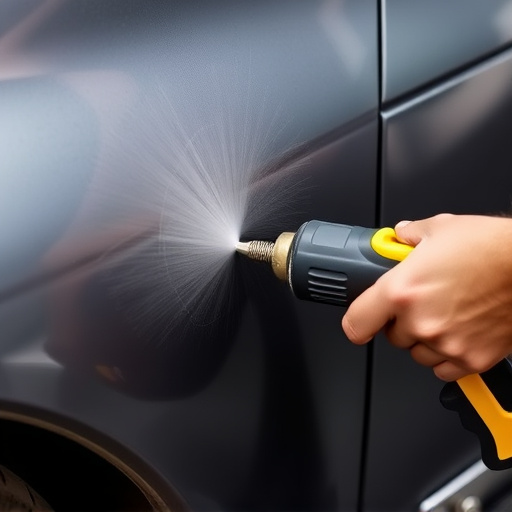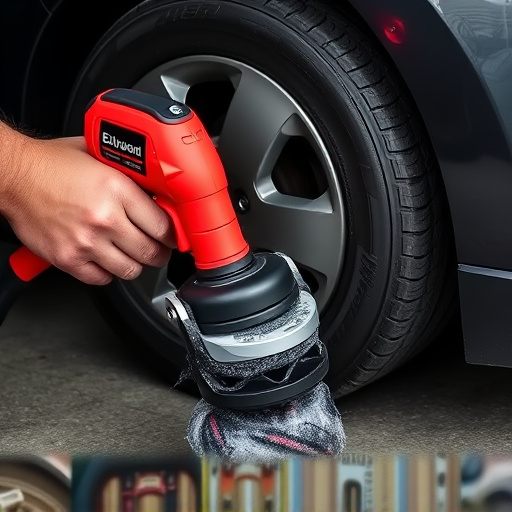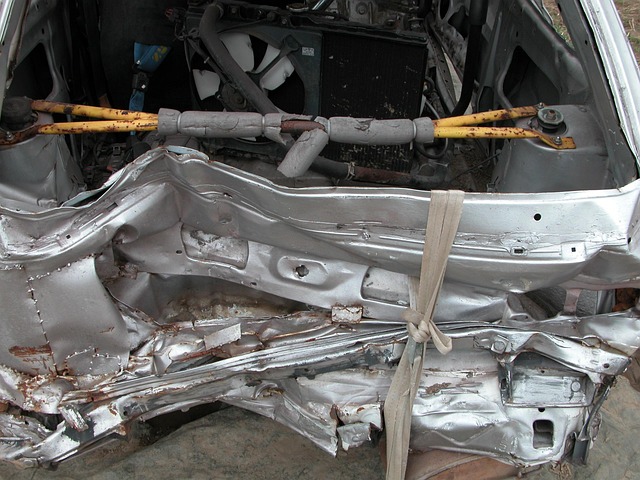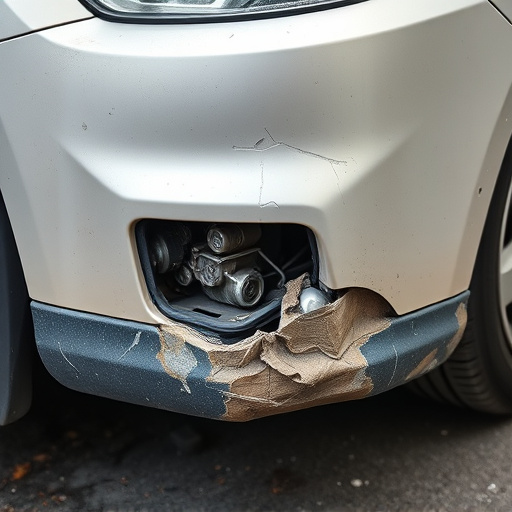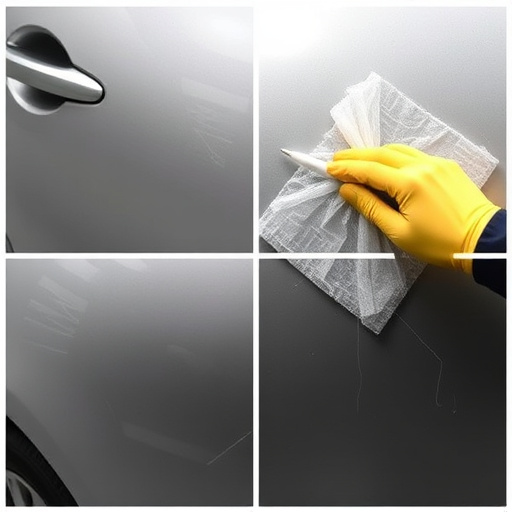Understanding deductible payment options post-auto accident is key as deductibles are out-of-pocket expenses before insurance covers repairs. Higher deductibles reduce monthly premiums but increase repair costs, while lower deductibles offer immediate cost coverage with slightly higher insurance costs. For valuable vehicles, specialized fleet repair services can save costs.
After a car accident, understanding your insurance policy’s deductible is crucial. This article explores why deductible payment options matter and how they significantly impact your financial burden post-accident. We’ll break down the basics of deductibles, analyze their effect on costs, and offer strategies to navigate these payments, helping you minimize out-of-pocket expenses during an otherwise stressful time. By understanding deductible payment options, you can make informed decisions and better manage your financial recovery.
- Understanding Deductibles: Basics After Auto Accidents
- Impact on Financial Burden: How Deductibles Affect Costs
- Navigating Payment Options: Minimizing Out-of-Pocket Expenses
Understanding Deductibles: Basics After Auto Accidents
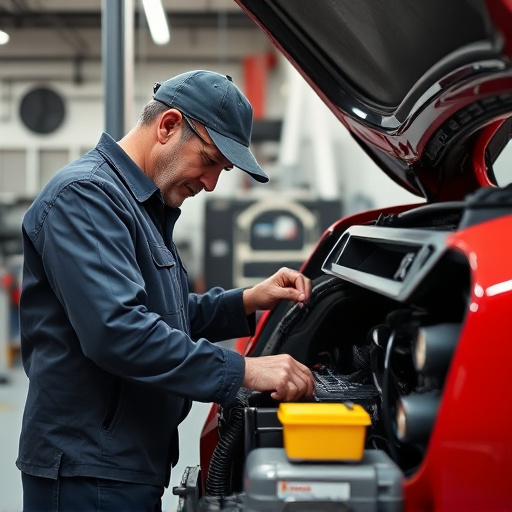
After an auto accident, understanding your deductible payment options is crucial. Deductibles are a fundamental part of auto insurance policies that represent the out-of-pocket expense you must cover before your insurance begins to pay for repairs or other related costs. In simple terms, it’s the amount you agree to pay towards damages when filing a claim. This financial responsibility varies across policies and is typically a fixed sum chosen by the policyholder during enrollment.
Knowing your deductible is essential as it directly impacts your financial burden after an accident. If your deductible is relatively low, you’ll only need to cover that amount for repairs, such as tire services or car repair services, before insurance steps in. However, higher deductibles mean a larger outlay of cash from your pocket before receiving insurance benefits, including coverage for essential auto repair services. Therefore, assessing your financial situation and choosing an appropriate deductible level is vital when considering your post-accident options.
Impact on Financial Burden: How Deductibles Affect Costs
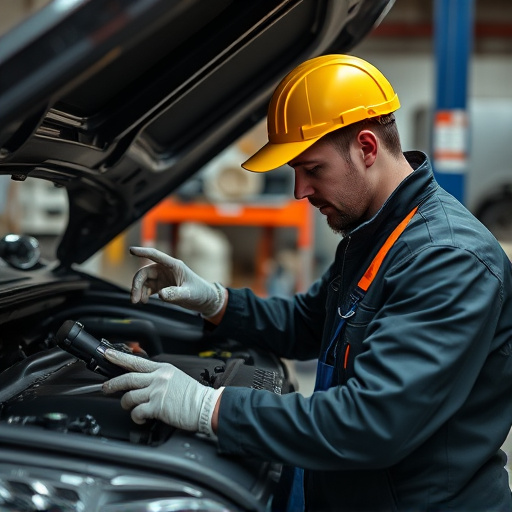
After an auto accident, individuals often face a range of financial considerations, and one key factor is understanding deductible payment options. Deductibles significantly impact the immediate financial burden on policyholders when filing an insurance claim. In simple terms, a deductible is the amount you agree to pay out-of-pocket for specific types of damage or repairs before your auto insurance kicks in.
When it comes to auto glass replacement or minor damages, such as scrapes and dents, deductibles play a substantial role in determining the overall cost. For instance, if your policy has a $500 deductible, you would be responsible for covering the first $500 of repairs or replacements, which can significantly increase your out-of-pocket expenses following an accident. This is especially important to consider when visiting a car repair shop or automotive body shop, as these costs can add up quickly, particularly for more extensive damage or complex repairs.
Navigating Payment Options: Minimizing Out-of-Pocket Expenses

After a fender bender or any auto accident, understanding deductible payment options is crucial for minimizing out-of-pocket expenses. Many insurance policies come with deductibles, which are the amounts policyholders must pay towards repairs before their coverage kicks in. Navigating these options requires careful consideration.
Choosing the right deductible level can significantly impact your financial burden. A higher deductible typically leads to lower monthly premiums but means you’ll pay more out of pocket for repairs in case of an accident. Conversely, a lower deductible offers peace of mind by covering more immediate costs, albeit with slightly higher insurance costs. When it comes to high-value vehicles like Mercedes Benz collision repair, considering fleet repair services can be beneficial due to their specialized expertise and cost-saving measures tailored for multiple vehicles.
After an auto accident, understanding deductible payment options is crucial for minimizing financial burdens. By navigating these choices wisely, you can reduce out-of-pocket expenses and effectively manage your recovery costs. Remember that each situation is unique, so it’s important to consult with insurance professionals to find the best deductible payment plan tailored to your needs.



